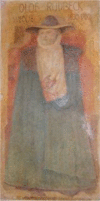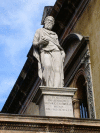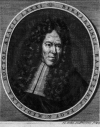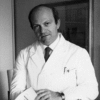Origin and development of modern medicine at the University of Padua and the role of the "Serenissima" Republic of Venice
- PMID: 24689015
- PMCID: PMC3963738
- DOI: 10.5339/gcsp.2013.21
Origin and development of modern medicine at the University of Padua and the role of the "Serenissima" Republic of Venice
Figures

















References
-
- Rossetti L. The University of Padua. An Outline of Its History. Trieste: Edizioni Lint; 1983.
-
- Zampieri F, Thiene G. Il Leone di S. Marco fra mito e storia, “Cuore & Salute”, 7-8-9, pp. 1–5.
-
- Ongaro G. La medicina nello Studio di Padova e nel Veneto. In: Arnaldi G, Pastore Stocchi M, editors. Storia della cultura Veneta. Dal primo Quattrocento al Concilio di Trento. vol. 3/III. Vicenza: Neri Pozza Editore; 1981. pp. 75–134.
-
- Ongaro G. La medicina Negro D, ed. L'Università di Padova. Otto secoli di storia Padova: Sigmumpadova; 2001. 153 193
-
- Zampieri F. Emilio Campolongo, filosofo e medico patavino (1550–1604) Zampieri G, ed. La chiesa dei Servi in Padova Roma: L'Erma di Bretschneider; 2012. 281 307
Publication types
LinkOut - more resources
Full Text Sources
Other Literature Sources
